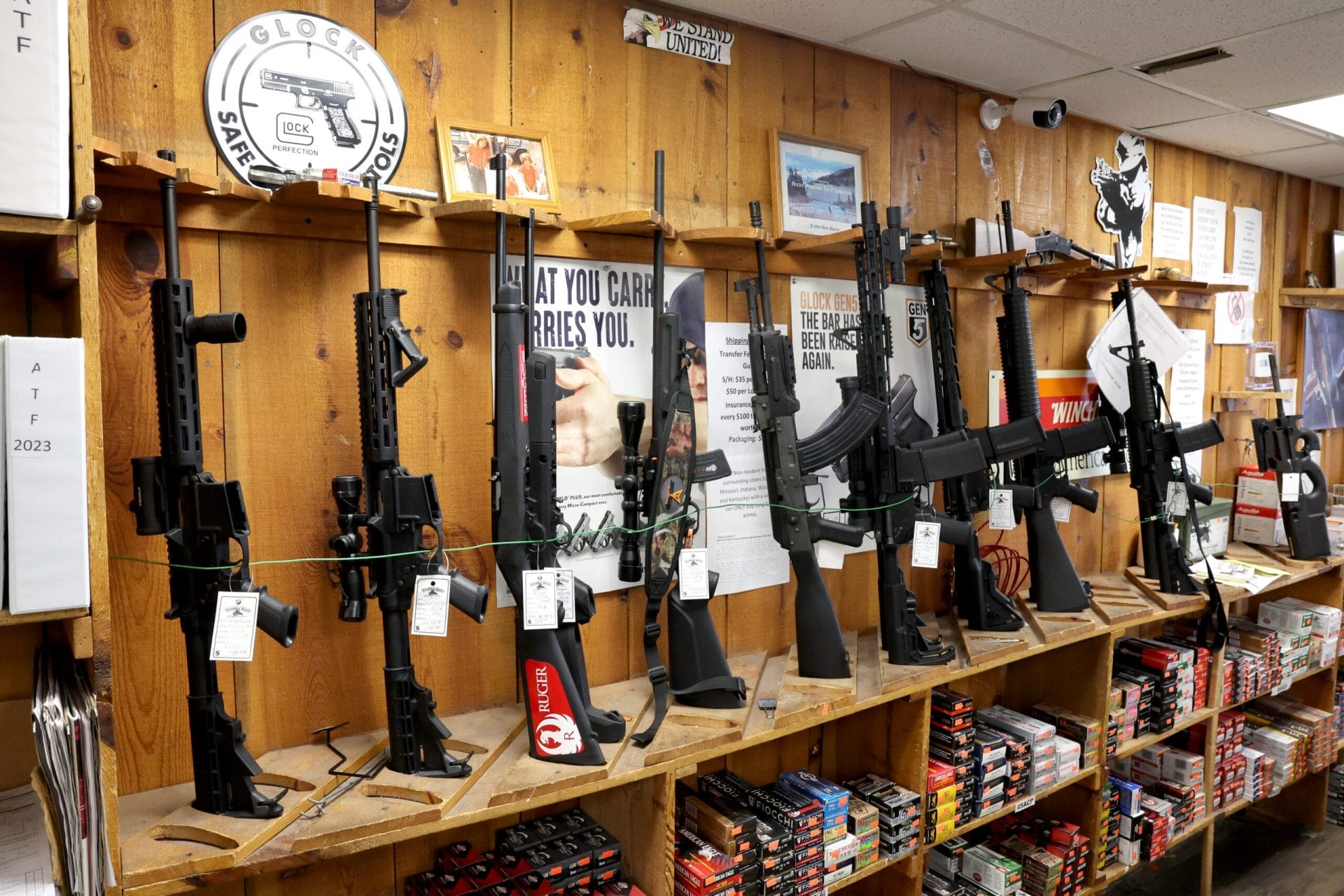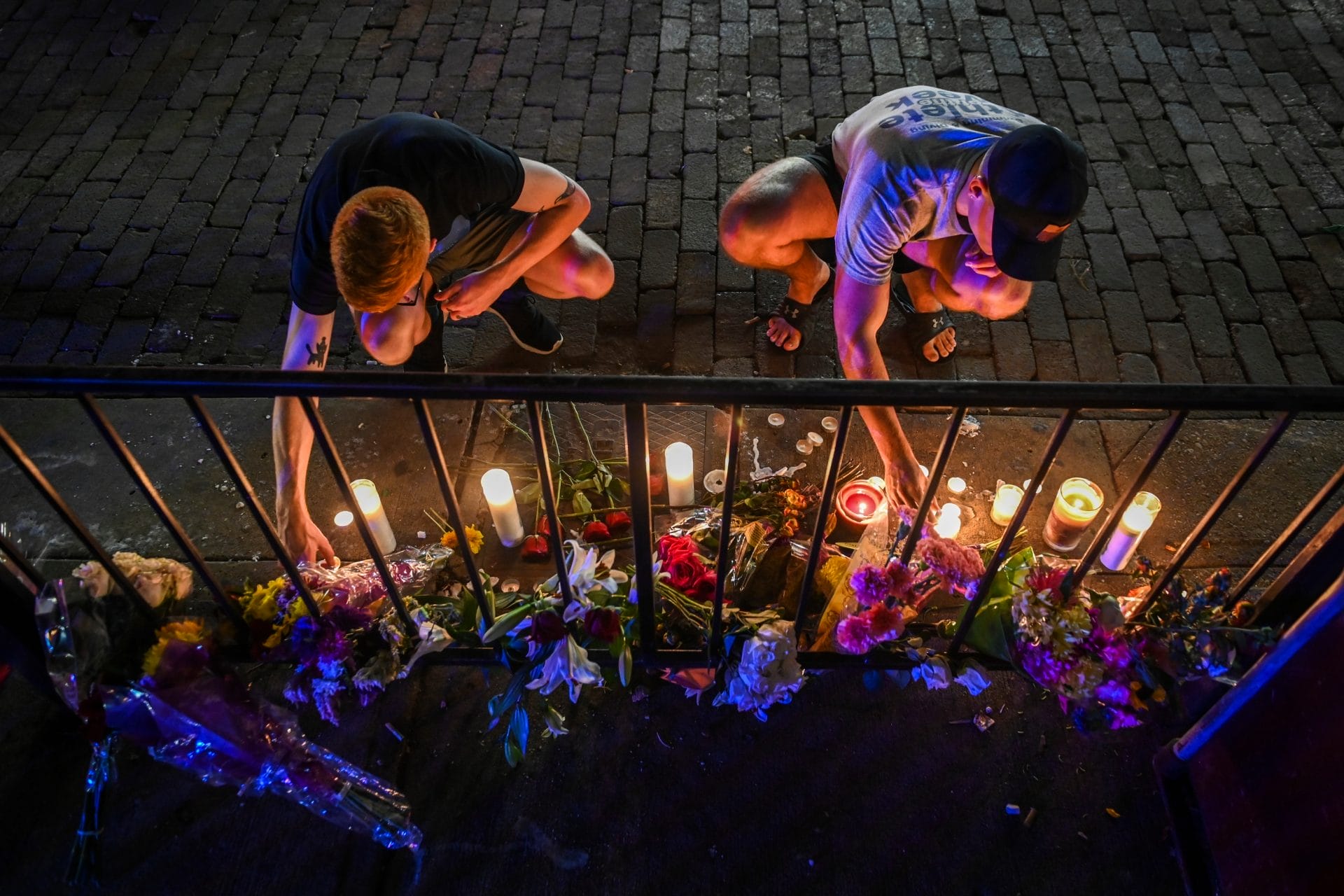
It’s Too Easy for Assault Weapons to Fall into the Wrong Hands
In the 20 years since the federal ban expired, the number of assault weapons—and the number of mass shootings—has skyrocketed.
Twenty years ago a well-known federal law banning assault weapons expired, making these uniquely dangerous weapons, which had been illegal for a decade, legal once again.
Since the assault weapons ban expired on September 13, 2004, and particularly in the last 10 years, we’ve seen a dramatic increase in mass shootings, most recently at Apalachee High School this month. This is no coincidence.
Between 1994 and 2004, it was illegal to manufacture and sell assault weapons to civilians.
The federal assault weapons ban, championed by the late Senator Dianne Feinstein, then Senator Joe Biden, and signed by President Bill Clinton, was itself enacted after several high-profile mass shootings, including one at a California schoolyard—34 children and one teacher killed—and another at a San Francisco law firm (this latter shooting led to the creation of Legal Community Against Violence, the predecessor organization to GIFFORDS Law Center). Lawmakers at the time, both Republicans and Democrats, responded to this string of horrific mass shootings with a commonsense solution: stop making and selling the weapons that made these crimes so deadly.
Semiautomatic variants of the rifles designed and intended for use by the military in battle, assault weapons make taking human life remarkably easy and efficient. The firearms prohibited by the assault weapons ban were those designed and equipped with features that enable mass killing—particularly sustained, high-volume rapid fire shooting at large numbers of people in a short period of time. These are also the features that make assault weapons especially attractive to mass shooters.
One of the deadliest features of assault weapons is the ability to accept a large-capacity magazine. A magazine, a type of “ammunition feeding device,” is the part of a firearm that holds the ammunition before it enters the chamber. The larger the capacity of the magazine, the more rounds a shooter can fire before stopping to reload. The assault weapons law included a separate ban on large-capacity magazines that hold more than 10 rounds of ammunition.
The Republican and Democratic lawmakers who voted to ban assault weapons and large-capacity magazines in 1994 made a wise decision—research indicates that the federal assault weapons ban saved a significant number of American lives. One study found that, during the 10-year period the ban was in effect, mass shooting fatalities were 70% less likely to occur compared to the periods before and after the ban. Another study found that in several major cities, the share of recovered crime guns that were assault weapons declined by at least 32% after the federal ban was adopted.
Despite this evidence, this law was and continues to be highly controversial, with the gun industry’s marketing repeatedly touting the very features that make these weapons so dangerous. Advocates on both sides of the aisle have argued that the language of the 1994 law could have been improved to better protect public safety, and while true, it can’t be denied that removing assault weapons from store shelves contributed to fewer people dying in mass shootings.
The biggest flaw in the law banning assault weapons though was its sunset clause, a provision that called for the ban to expire on September 13, 2004. While President George W. Bush pledged to sign a reauthorization of the law if it reached his desk, Congress, under immense pressure from the gun lobby, failed to move legislation forward. As a result, the assault weapons ban expired, and these weapons of war became legal once again.
Since that time and particularly over the last decade, the number of assault weapons in America has skyrocketed, with millions now in circulation. The number of mass shootings has also risen dramatically. Perpetrators of many of the most horrific shootings in modern American history—including in Las Vegas, Orlando, Newtown, Sutherland Springs, El Paso, Uvalde, Parkland, Aurora, and Dayton—used assault weapons to kill scores of children and adults. Research has shown that mass shootings are much more likely to occur now than in earlier time periods. In fact, since 2015 alone, mass shootings have increased nearly 100%.
Mass shootings are not only rising, but also resulting in more fatalities when they do happen. This increase is due, in large part, to mass shooters choosing assault weapons. From 1966 to 2009, 31% of high‐fatality public mass shootings were committed by shooters armed with a semiautomatic rifle or assault weapon; between 2010 and 2019, this number had risen to 59%.
There is good reason to believe renewing the assault weapons ban would have saved lives. One analysis of mass shootings with four or more fatalities found that a continuation of the assault weapons ban would have prevented 339 gun deaths and 1,139 gun injuries resulting from 30 public mass shootings through 2019.
The easy availability of assault weapons is not only linked to the increase in mass shootings. The proliferation of these deadly weapons of war has also been extremely profitable for the gun industry. According to an analysis by the Washington Post, more than 13.7 million AR-15s have been manufactured by American gunmakers just since the Newtown massacre in late 2012, with those sales generating roughly $11 billion in revenue. This is also not a coincidence.
HERE TO HELP
Interested in partnering with us to draft, enact, or implement lifesaving gun safety legislation in your community? Our attorneys provide free assistance to lawmakers, public officials, and advocates working toward solutions to the gun violence crisis.
CONTACT US

SPOTLIGHT
REDUCING RISK
Explore the options and strategies available for addressing specific types of gun violence and reducing the risk of a dangerous situation ending in tragedy.
Read More


